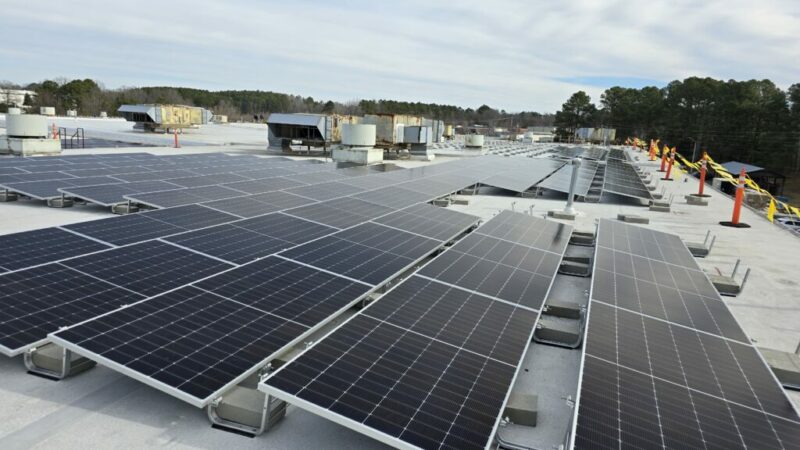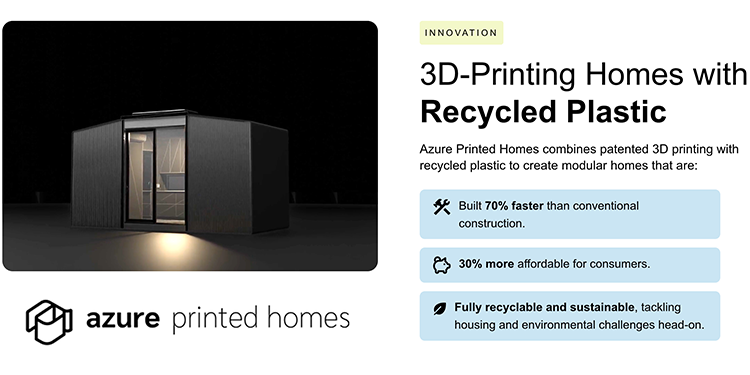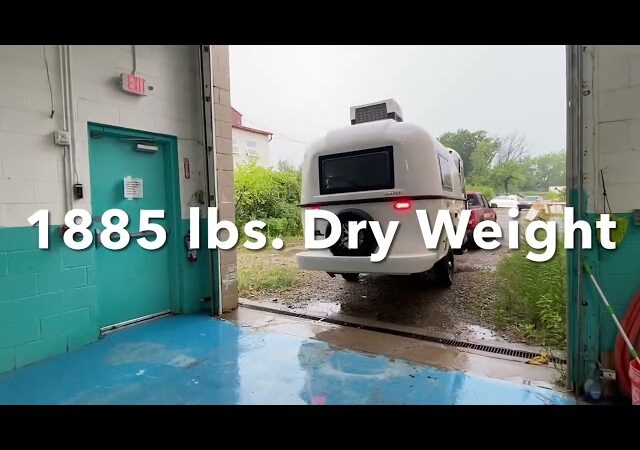Do Glampers Turn Into RVers? Not a Simple Question – RVBusiness – Breaking RV Industry News
Kampgrounds of America, Inc. (KOA) knew it was creating something special when it designed Terramor Outdoor Resort in Bar Harbor, Maine.
The glamping resort, 10 minutes from Acadia National Park, features 64 luxuriously furnished canvas tents, each of which comes with upscale linens, including Pendleton wool blankets and Frette linens. All but four have private bathrooms.

Resort amenities include chef-prepared meals and an onsite bar; culinary demonstrations and live music by the fire; yoga classes; and massage services. The resort also offers organized activities throughout the season, with special family activities during the summer months. Terramor’s outfitters offer offsite recreation adventures, too, from guided hikes to kayaking, whale watching and lighthouse tours.
Such luxuries don’t come cheap. Nightly rates average $450 and can run as high as $700 for a five-person tent with a full ensuite bathroom and private outdoor shower during peak season.
But high nightly rates aren’t keeping Terramor Outdoor Resort from developing a loyal following of repeat guests, said Jenny McCullough, KOA’s senior director of brand growth.
“When we opened Terramor in August of 2020, we thought we’d see people once or twice in five years due to the proximity of Acadia National Park. We’re seeing people come and visit us year after year and sometimes even multiple times throughout the season. Some of our guests say, ‘This is the only way I can get my partner to camp.’”
Across the country, other campground and RV resort operators tell Woodall’s Campground Magazine (WCM) they, too, are seeing repeat customers, and they’re paying hundreds of dollars a night to stay in everything from covered wagons to glamping tents, tipis, yurts, park models and an ever-expanding array of other structures, from various types of glamping “pods” to geodesic domes — all of which fall under the broad definition of glamping accommodations.
The bigger question for many private park operators — as well as RV manufacturers — is whether these folks are future RV buyers or if they are a different demographic group altogether?
While many campgrounds and RV resorts offer glamping accommodations of one sort or another, growing numbers of glamping resorts only offer their own accommodations.
Terramor Outdoor Resort is one. Others include resorts affiliated with upscale glamping resort networks, such as Autocamp and Under Canvas.
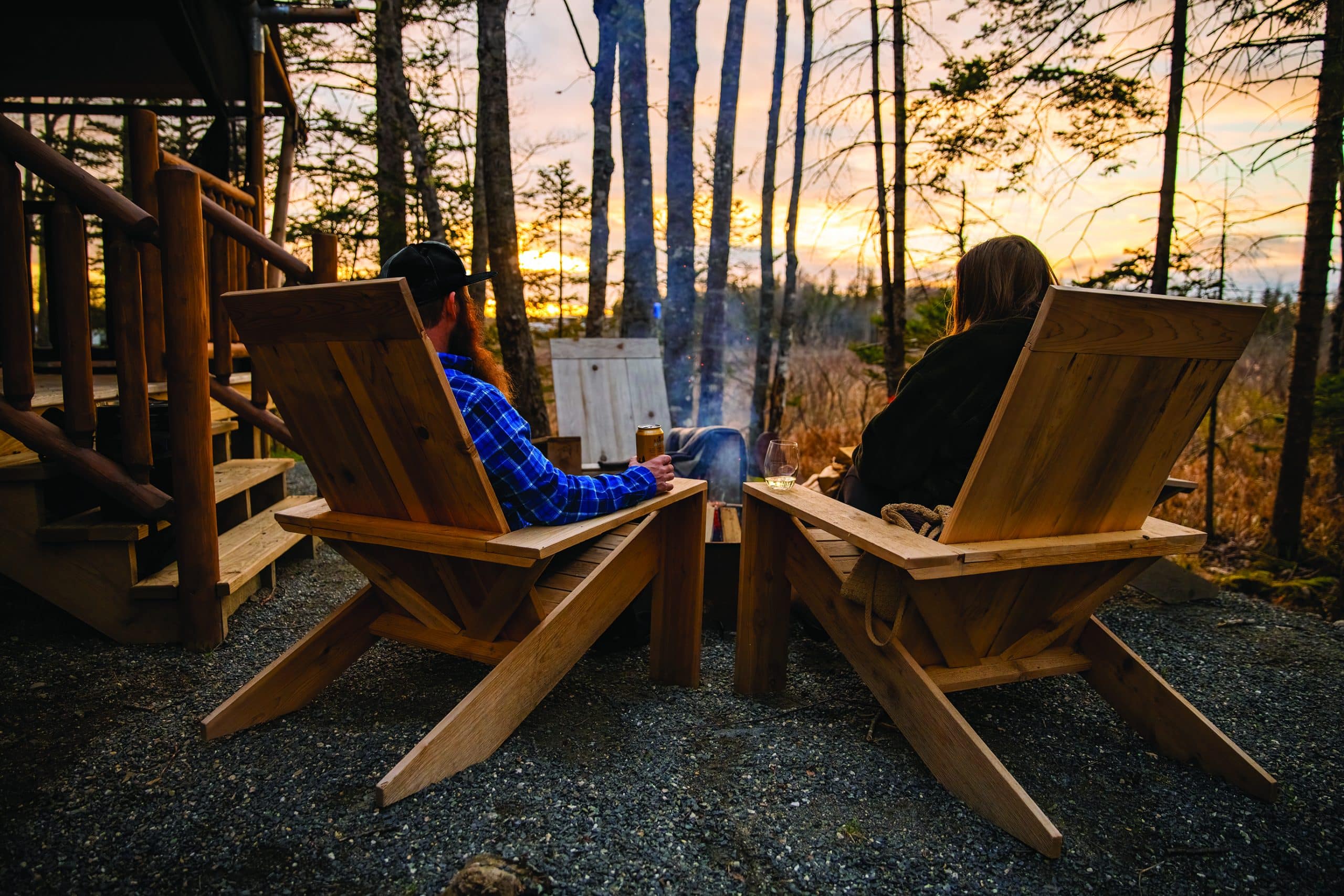
Now that glamping has been at the forefront of leisure hospitality for the last several years, KOA believes it is getting closer to understanding the lifecycle of the glamper.
KOA has partnered with Cairn Consulting Group in Bryant Pond, Maine, to examine a number of questions involving the motivations, expectations and preferences of glamping enthusiasts as part of KOA’s upcoming 2025 Camping & Outdoor Hospitality Report.
McCullough said KOA will try to find out if at least some of today’s glamping customers are likely to be future RVers. But she also cautioned that the answers may be more complex than that because there is growing interest in outdoor hospitality and consumer motivations and intentions to spend time outdoors are evolving.
“New campers, in general, are more apt to do blended travel, where on one trip they could stay in a campground, stay with family and friends and stay at a hotel, and have different experiences along the way,” she said.
Some families also like to mix it up while staying at the same campground.
“Grandma and grandpa may have an RV, while the kids and grandkids stay in a safari tent,” she said.
The practice of glamping itself has emerged as a distinct market phenomenon, attracting 15.7 million entrants into the hospitality industry in the past five years alone, according to KOA’s 10th Annual Camping & Outdoor Hospitality Report, which was issued last summer.
Park operators across the country, for their part, have also been surprised by the frequency with which glamping enthusiasts return to their parks and resorts, despite the relatively high cost of glamping accommodations. They also see glamping accommodations as being important because they entice people to their parks who may not otherwise give camping a try.
Pat O’Neill, who co-owns and operates Twin Lakes Camp Resort in DeFuniak Springs, Fla., with his wife and adult children, said demand for furnished glamping tents continues to grow. The northwest Florida campground features RV and tent sites as well as furnished glamping tents and park models, which it markets as lake houses and tiny homes.
“We started with two (furnished glamping) tents in 2015 and added seven more. In a survey we did in 2019, almost everyone said that this was their first time (glamping) and almost 100% said they would do it again. We are now finding many repeat customers, some even with groups that book every year,” he said.
O’Neill doesn’t necessarily see tent glamping enthusiasts becoming RVers.
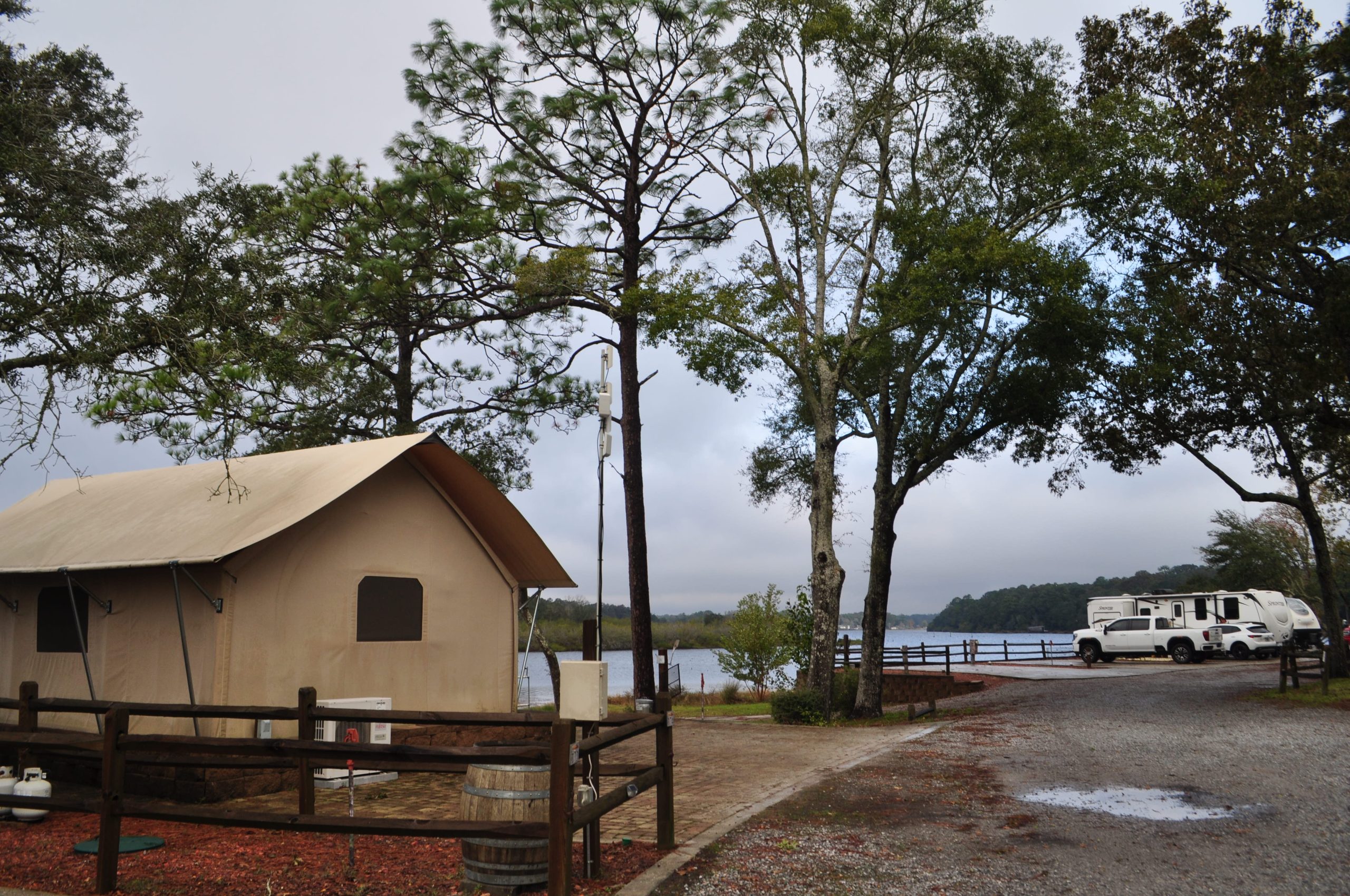
“They seem to be different,” he said. “There is overlap with tenters moving to tiny homes and vice versa, and there are friends of RVers who stay in a tent. In fact, maybe the opposite is true. We see people get rid of the RV, but love (our) park and, therefore, stay with us in a tent.”
O’Neill also noted that some parks are not suitable for glamping tents.
“Glampers want an experience and much of that is with nature,” he said. “If your RV park is just jammed with sites, then no. If you can spread out into nature, then maybe. The glampers also want activities. Some come just for peace and quiet, but families want things for kids to do.”
In their surveys, the O’Neill’s ask their glamping guests what could make their stays better.
“An interesting comment has been ‘the ability to lock the tent.’ City folks are just not comfortable without locked doors. So, we are installing French glass doors on some of our tents this year — anything we can do to help them sleep better is good. It will help with repairs to the zippers also because not everyone is familiar with an industrial zipper and they force it, causing damage to the stitching.”
The O’Neills are also upping their glamping game by adding Blackstone grills and outdoor showers to tents that only have a bathtub.
Meanwhile, Scott Cory, who owns and operates the 148-site Ventura Ranch KOA Holiday in Santa Paula, Calif., said he has seen some of his guests do a complete progression from tent camping to glamping to RVs. His park complements its RV and tent sites with a variety of accommodations, including furnished safari tents, “glam tents,” tipis, Conestoga wagons and park models, which he markets as deluxe cabins.
The park also offers plenty of enticements to keep guests coming back, including a resort-style swimming pool, a labyrinth, a ropes course, a rock-climbing wall and some of Southern California’s longest ziplines.
“Over the past few years, we have noticed the progression of tent campers moving up to tipis and safari tents, and then upgrading to RVs,” Cory said. “This progression to RVs was especially true when we saw families starting to add children to their family makeup.”
In Cory’s experience, the progression from park models to RVs is not as strong as other forms of camping to the RV lifestyle.
“What we do know is that park model camping has strengthened the RV lifestyle,” he said. “We notice that many friends and family that do not own an RV are able to join their family members who go camping with their RV. They stay next to them in a park model cabin. We see this trend with family reunions and with close friends camping together by picking RV sites and park model cabins together.”
Cory said some guests transition from towable or motorized RVs to park models.
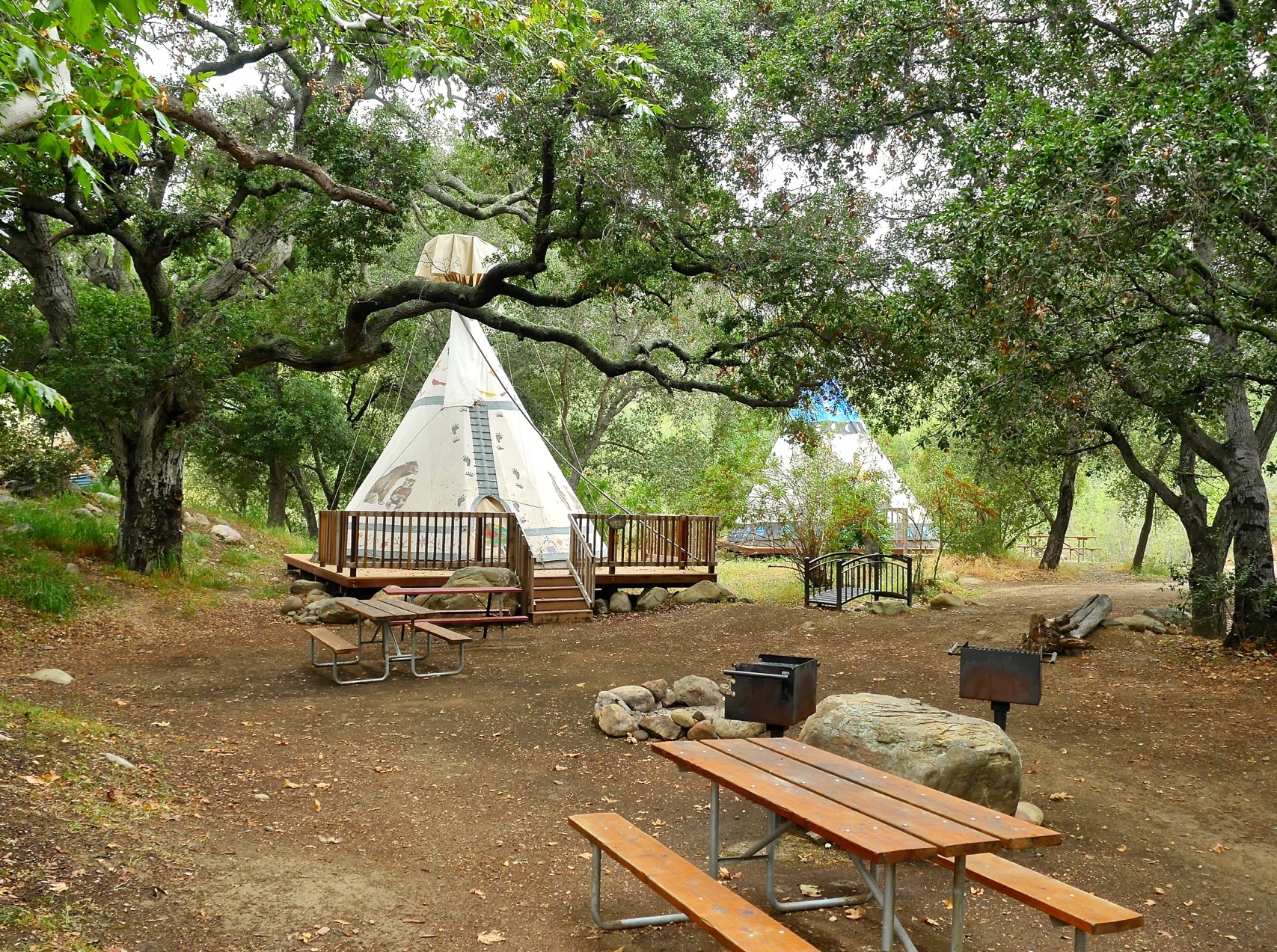
“We noticed that some RV clubs are also renting cabins for those RV club members who have retired from the RV lifestyle but still want to enjoy the great outdoors with their RV friends. Just recently, a well-known industry leader in the RV show industry retired from the RV lifestyle,” he noted. “I asked him how he could give up camping and the outdoors that he had (enjoyed) for so many years. He said that he was not giving up camping and the outdoor lifestyle. He was just changing the way he would travel and camp.”
Indeed, RV resort operators have often seen older RVers transition to park models when they reach the point where they would like to stay at the same park with friends every year.
Glamping accommodations, however, do seem to attract more people to campgrounds than would otherwise be the case, and that’s a good thing, according to Adam Evans, general manager of Skye Texas Hill Country Resort near Fredericksburg, Texas. The resort complements its spacious RV sites with furnished park models and a dozen “glamping nature pods,” which are elongated futuristic-looking structures with curved roofs that are made with wooden frames and sustainable materials.
“The glamping nature pods have been a tremendous hit with guests for the design and overall feel,” Evans said of the units, each of which comes with a bed, kitchenette, dining table, private bath and shower.
These glamping pods also enable people to experience nature in a remote Texas Hill County location.
“We’re out in the middle of nowhere, 15 miles north of Fredericksburg. So, we’re in a place where you can enjoy dark skies at night and see the constellations while sometimes hearing the howls of coyotes,” Evans said. “Guests can do horseback riding nearby, go on bison tours or book rock climbing adventures at a state park. We even have a professor who will come to the park to provide private astronomy talks.”
The resort has also identified private chefs who are willing to prepare meals for guests at their campsite. Pickleball, bocce ball and shuffleboard courts are also available along with a resort-style swimming pool, spa pool and stylish soak Haus bath houses.
Evans said the resort’s glamping nature pods also provide a unique opportunity for visitors who might not consider RVing to experience a taste of the camping lifestyle in comfort.
“While we don’t have hard data to directly support the notion that increased glamping traffic leads to RV guests, it certainly increases exposure,” he explained. “This exposure creates an entry point that fosters familiarity with camping and the RV lifestyle, helping to break down barriers to entry.
“From our perspective,” Evans continued, “the value of these glamping units lies not only in potential future RV guests but also in the broader marketing benefits they offer. Guests who may not have had camping or RVing on their radar are now being introduced to the joys of the outdoors through glamping. This experience increases word-of-mouth recommendations, which could lead them to return in an RV, a nature pod, or even one of our cabins. It’s the exposure to the community and lifestyle that matters most — and these conversations lead to an organic growth in interest.”
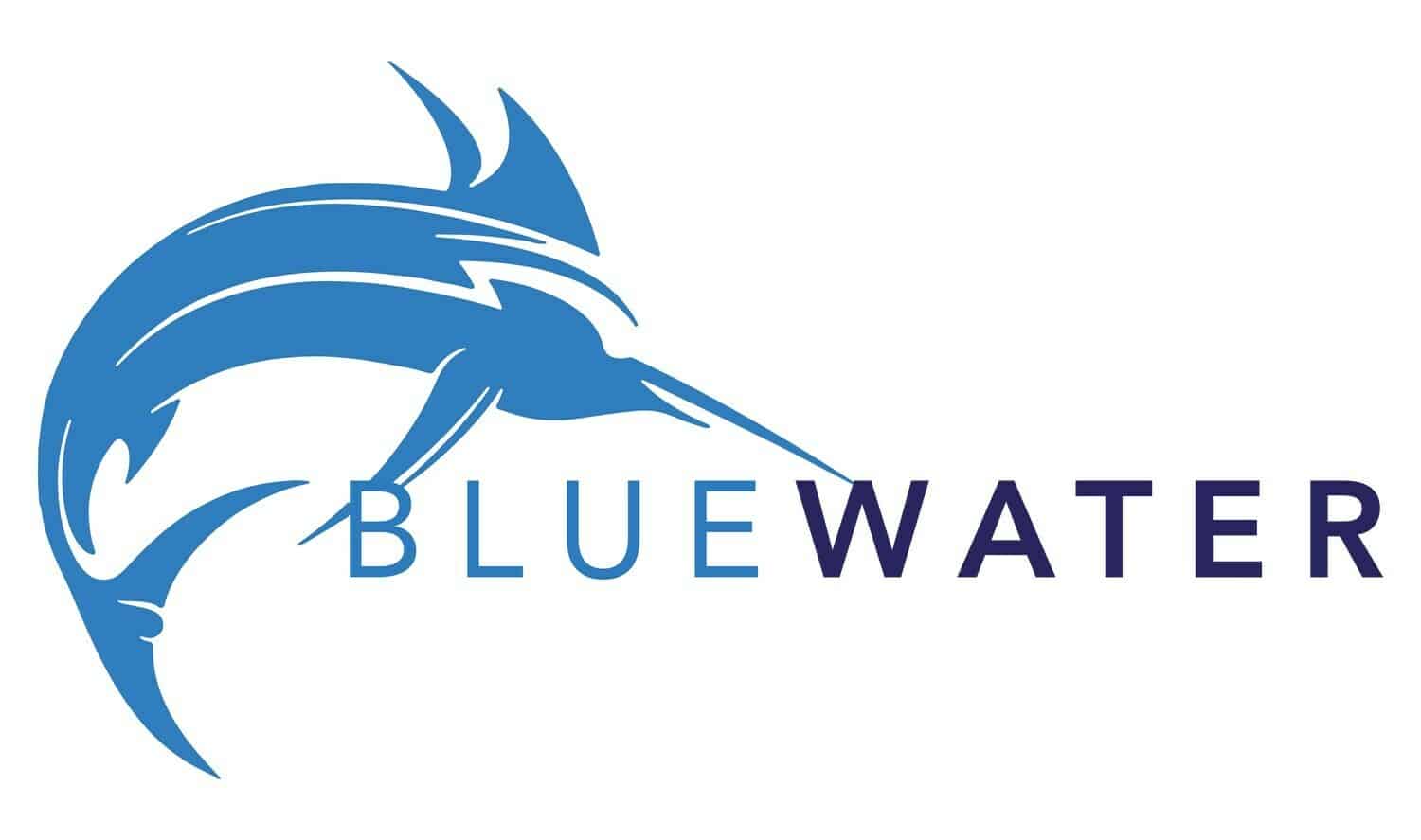
Jessica Nichols, chief operating officer of Blue Water Development Corp., agrees that glamping helps market the RV lifestyle.
“There’s some evidence to suggest that first-time campers and non-traditional outdoor enthusiasts who start with glamping often become intrigued by the broader RV lifestyle, especially as they explore different parks and regions,” she said. “On the flip side, many glamping consumers might simply prefer the curated, comfort-forward experience and may not transition into RVing due to cost, lifestyle differences, or lack of interest in travel logistics. I believe the reality may lie somewhere in between. Some glampers might become RVers, while others remain loyal to glamping for the experience it offers.”
While park operators offer differing perspectives on who glampers are and what motivates them, Whitney Scott, a principal and co-founder of Portland, Ore.-based Walden Insight, said the RV and outdoor hospitality industries should not try to compartmentalize them because many of today’s campers are more complex than that.
“People choose different things at different times,” she said, adding, “There are RVers who are going to glamp and glampers who are going to eventually RV.”
Scott also noted that many RVers consider RVing itself to be a form of glamping. Moreover, the campground and RV industries benefit from glamping because “it opens people up to all sorts of outdoor products,” said Scott, who serves as an advisor to the American Glamping Association. “Glamping is the new entry point. Over the years, we’ve seen more people entering the outdoors through glamping than tenting. From barriers alone, this glamper would lean to RVing before tenting, knowing that ease and comfort rank high for them, which is good for the RVing community.”
But glamping itself involves more than camping products. Glamping is an experience.
KOA’s Terramor Outdoor Resort, for its part, is keenly aware of the value of the experiences that glamping resorts provide. While Terramore’s customer base includes a very affluent population of campers, including doctors, lawyers, and professors, primarily from Boston, New York and New Jersey, they aren’t making repeat trips to the resort simply because they can afford it.
“They’re coming for the experience,” McCullough said.
She remembers back in 2021 when she was chatting with guests at Terramore. She met a couple with two children, probably around 7 and 10 years old.
“One of the parents said, ‘This is our second time here. We asked the kids, ‘Do you want to go to Walt Disney World or Terramor? They said Terramor,’” McCullough noted.
The reason? McCullough says it’s Terramor’s scenic outdoor setting and family activities.
“About 60% of our guests are families during peak season,” she said, adding, “Terramor offers the perfect escape for families. We have onsite trails, a swimming pool, and a library of board games in our Lodge. Our team also schedules unique activities like leaf painting, bird watching and family yoga.”
The 2025 Outdoor & Hospitality Report by Cairn Consulting Group and KOA is expected to be published in late March, McCullough said.

